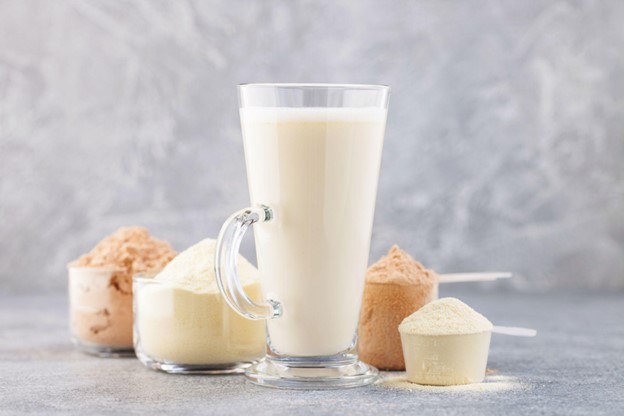References
1-2. Mintel, Cater to the evolving needs of healthy ageing consumers, January 2022.
3. Expert Opin Emerg Drugs. 2008 Dec;13(4):655-73.
4. Wolfe RR. The underappreciated role of muscle in health and disease. Am J Clin Nutr. 2006 Sep;84(3):475-82. doi: 10.1093/ajcn/84.3.475.
5. Kang, L., Gao, Y., Liu, X. et al. Effects of whey protein nutritional supplement on muscle function among community-dwelling frail older people: A multicenter study in China. Arch Gerontol Geriatr. 2019;83:7-12. doi: 10.1016/j.archger.2019.03.012.
6. Cuyul-Vásquez, I., Pezo-Navarrete, J., Vargas-Arriagada, C. et al. Effectiveness of Whey Protein Supplementation during Resistance Exercise Training on Skeletal Muscle Mass and Strength in Older People with Sarcopenia: A Systematic Review and Meta-Analysis. Nutrients. 2023; 15(15):3424. doi: 10.3390/nu15153424.
7. Dangin, M., Guillet, G., Garcia-Rodenas, C. et al. J Physiol. 2003 Jun 1;549(Pt 2):635–644. doi: 10.1113/jphysiol.2002.036897.
8. Pennings, B., Boirie, Y., Senden, J.M. et al. Whey protein stimulates postprandial muscle protein accretion more effectively than do casein and casein hydrolysate in older men. Am J Clin Nutr. 2011 May;93(5):997-1005. doi: 10.3945/ajcn.110.008102.




